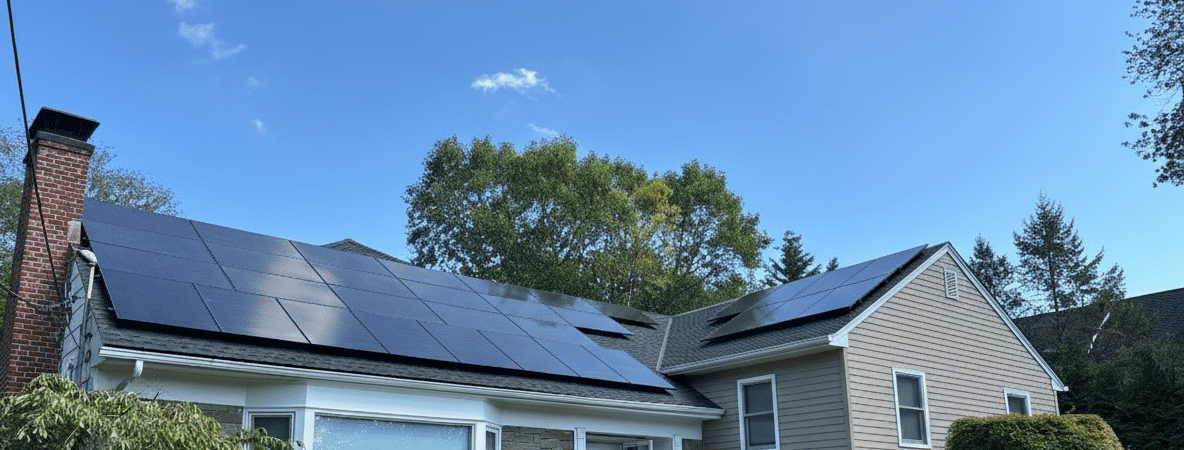As the end of the year approaches, many homeowners and businesses are eager to claim the substantial federal solar tax credit (currently the Investment Tax Credit, or ITC) for their newly installed solar energy systems. A common point of confusion that often arises is whether your system needs to receive Permission to Operate (PTO) from your utility company before December 31st to qualify for the credit in that tax year.
Let’s clear up that confusion!
The good news: PTO from your utility company is generally NOT explicitly required to claim the federal solar tax credit.
What Does the IRS Say?
The Internal Revenue Service (IRS) guidance for the Investment Tax Credit (ITC) for residential and commercial solar systems focuses on when the system is “placed in service.”
While “placed in service” might sound ambiguous, the IRS has provided clarification over time. For solar energy property, the general understanding is that a system is “placed in service” when it is:
- Installed and operational.
- Capable of producing electricity.
- Commissioned by the installer.
This means that as long as your system is fully installed and has been commissioned by your solar installer, it is generally considered “placed in service” for the purpose of claiming the federal tax credit. The commissioning process confirms that the system is properly installed, safely wired, and functioning as designed.
The Role of Commissioning, Not PTO
Commissioning is the critical step performed by your installer. It involves:
- Running tests to ensure all components (panels, inverter, wiring, etc.) are working correctly.
- Verifying safety protocols.
- Confirming the system is ready to produce power.
Once your installer has commissioned the system, it is technically “placed in service.” You do not need to wait for the utility company to grant final PTO.
Why the Confusion Around PTO?
The confusion often stems from the fact that PTO is required before your solar system can be legally interconnected to the grid and begin sending excess power back to the utility. Without PTO, your system may be installed and commissioned, but it might be running in “self-consumption mode” only (meaning it powers your home, but doesn’t export to the grid), or it might not be allowed to operate at all until the utility gives the green light.
However, the IRS’s definition of “placed in service” is about the system’s readiness and capability to produce power, not necessarily its final interconnection status with the utility for export.
What This Means for You (Before December 31st)
If you’re aiming to claim the federal solar tax credit for the current tax year:
- Documentation is Key: Keep all documentation from your installer confirming the completion of the installation and commissioning dates. This will be vital for your tax records.
- Consult Your Installer: Always communicate closely with your solar installer to understand their timeline and obtain the necessary paperwork. They can confirm when your system is officially “commissioned.”
- Consult a Tax Professional: While this is the general understanding, individual tax situations can vary. Always consult with a qualified tax professional to confirm your eligibility and ensure you’re filing correctly.
However, for new homeowners considering solar now, timelines are tight. Solar projects involve permitting, utility coordination, and installation — which means any new contracts signed at this stage are unlikely to be installed before December 31st.
Don’t Let PTO Delays Deter You!
Utility companies can sometimes have backlogs or delays in granting PTO. The good news is that these administrative steps typically won’t prevent you from claiming your well-deserved federal solar tax credit for the year your system was fully installed and commissioned.
Focus on getting that system installed and commissioned, and you’ll be on your way to claiming your tax credit and enjoying clean, renewable energy!












